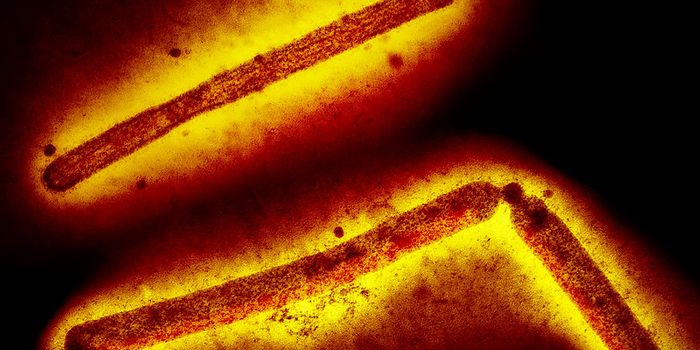A Robot That Can Measure Blood Pressure With A Single Touch
High blood pressure is a silent condition that shows no signs or symptoms. And yet, according to the CDC, millions of Americans have high blood pressure, though many don’t even know it. This is a problem, because the extra strain exerted by extra pressure on blood vessels can weaken them and cause them to pump blood less effectively throughout the body. Blood pressure that is too high for too long can also increase the risk of blood clots and strokes.
That’s why regular monitoring of blood pressure is essential for overall cardiovascular health, so you can take action quickly if blood pressure is too high. Unfortunately, during the COVID-19 pandemic, regular or non-essential care was put on hold, meaning that millions of people didn’t get the regular health screenings they needed. That, coupled with a now overworked and overstrained healthcare system, has left health care providers looking for new ways to provide care to patients in a way that’s safe.
Enter a human-like robot that can take the blood pressure of a patient simply by touching their chest, offering a new option for remote screening care.
The specifications of the robot are published in NPJ Flexible Electronics.
The robot can gather blood pressure readings by simply touching a patient’s chest. The sensors on the robot's hands then collect both electrocardiogram (ECG) and photoplethysmogram (PPG) information, which is then fed into an algorithm that can tell a person's diastolic and systolic blood pressure.
The research team, based out of Simon Fraiser University, refer to the sensors on the robots arms as “leech-inspired origami” sensors, inspired by both the folding practices of ancient origami and the behavior of blood-sucking leeches. By imitating fold surfaces and the suctioning mechanisms leeches use to cling to their host, researchers were able to design a sensor that could effectively collect the needed information to feed the algorithms.
Researchers hope their design offers a way to provide effective screening care to patients that can reduce workload for overworked healthcare workers and provide important care to all patients.
Sources: Medgadget; NPJ Flexible Electronics; Mayo Clinic








